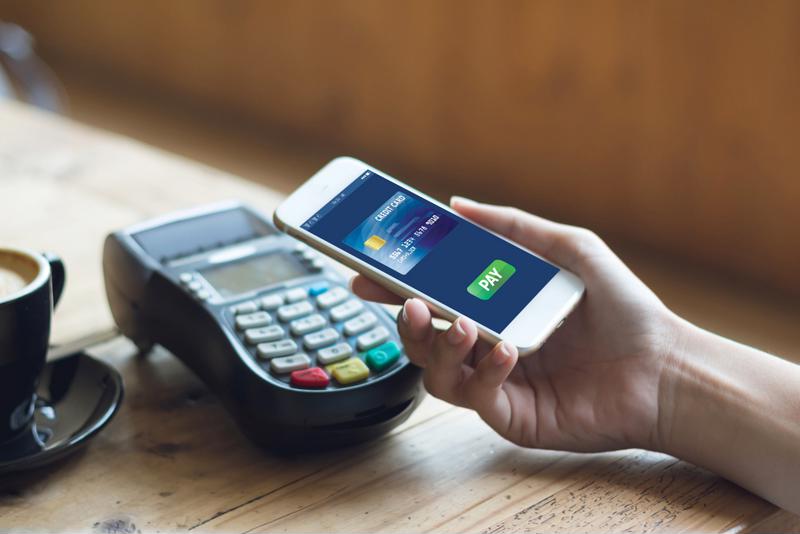As with every other creative endeavor, technology is affecting how food is produced, served and consumed. Restaurants have found a variety of ways to use digital technology to be more organized and productive, while increasing engagement with prospective patrons and building loyalty among returning guests.
If anyone should appreciate modern technology’s ability to augment restaurant management and contribute to the dining experience, it’s online culinary students. Let’s examine just a few examples of how restaurants use technology.
Fighting waste and inefficiencies
Freshness of ingredients is a priority among restaurant owners and chefs, both for the sake of creating quality cuisine and for the more practical purposes of maintaining HACCP compliance and avoiding waste. That’s why some restaurants implement Bluetooth temperature sensors that alert management the moment a safe threshold is exceeded. This type of monitoring can help improve food safety, but may also be handy for identifying refrigeration or other food storage units that aren’t working properly before you’re forced to throw away food that has spoiled.
Back-of-house scheduling is another instance where technology can be incredibly handy. Varying staff availability, vacation hours, last-minute cancelations, shift swaps and a host of unforeseen circumstances can influence staffing of line workers, dish washers and prep cooks. Many restaurants are beginning to use schedule applications to help prevent over- or under-staffing, and to deal with other scheduling complexities more efficiently. When the back of house is in harmony, a restaurant functions better, and customers notice.
 Something as simple as supporting mobile wallets can be a huge convenience for patrons.
Something as simple as supporting mobile wallets can be a huge convenience for patrons.Using apps and digital devices to engage customers
There are a number of ways for restaurants to digitally engage customers. One example is to use tablets as a server’s assistant to help speed up ordering and billing, a method that has become common at casual-dining chains such as Chili’s and Outback Steakhouse. Some of these kiosks even feature games and other entertainment, which can be particularly useful in family-dining settings. Front-of-house staff, meanwhile, can use tablets as a way to more meticulously track table turnover and accurately monitor waitlists.
Some restaurants are more inventive with their use of digital devices. For example, one San Francisco establishment went so far as to serve truffle-infused croquettes on top of an iPad as it streamed video of dogs searching for truffles, according to Mic. It’s an audacious if not divisive tactic for a Michelin-starred restaurant, but it’s still an example of a novel implementation of technology into the dining experience.
A far more practical way to engage patrons and keep your business top of mind is with a digital customer loyalty program. It’s definitely a more reliable method than the old-fashioned punch card to incentivize customers to keep coming back, and it saves you the trouble of dirtying your iPads.
Tapping into delivery service networks
Delivery and takeout applications have had a significant influence on dining trends in the past few years. Today’s foodies may spend close to an hour bouncing between different delivery applications, ranging from Uber Eats to Caviar and Seamless. According to Forbes, in-restaurant dining numbers were flat last year, while delivery and takeout numbers increased. Restaurant visits for meals that will be consumed at home now account for 32 percent of the market, a number that will probably continue to grow in coming years. This means that restaurants should not only make their menus more delivery friendly, but that they also need to tap into online delivery networks to increase their reach and attract a bigger customer base.
Technology’s role in the food service industry is hardly limited to delivery trends and the other utilities on this list. And in the years ahead, innovative chefs and restaurant managers will surely employ digital tools in entirely new ways — just one more reason for online culinary students to stay abreast of restaurant management trends.


